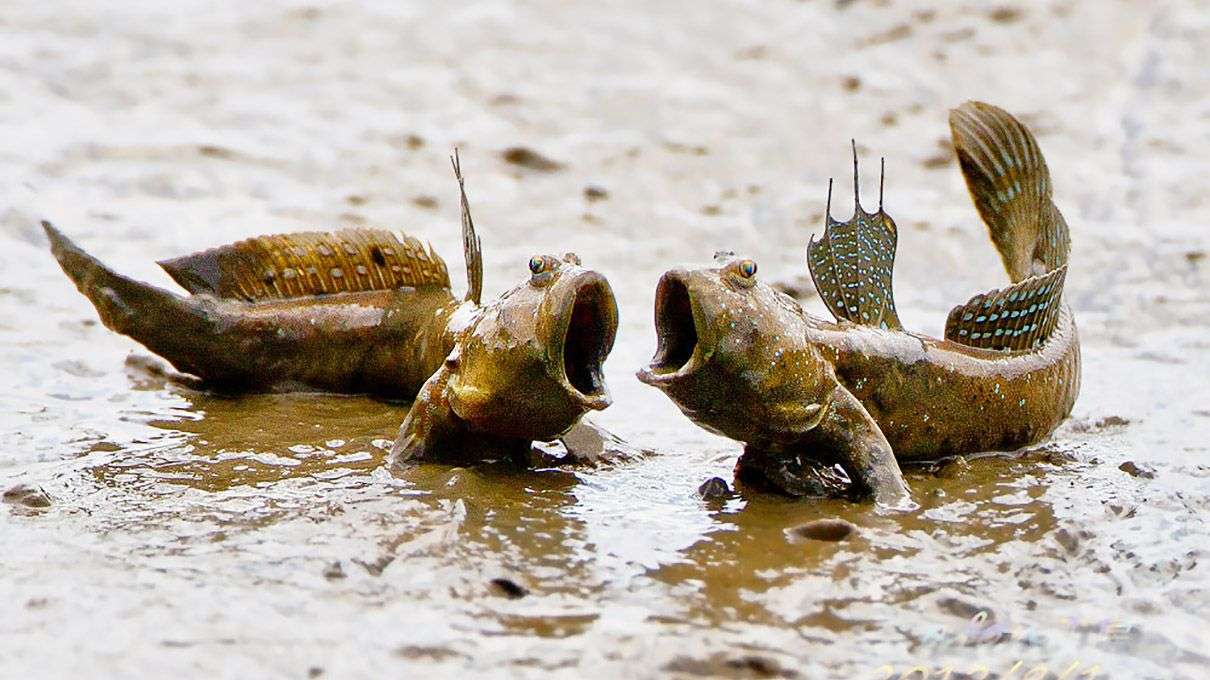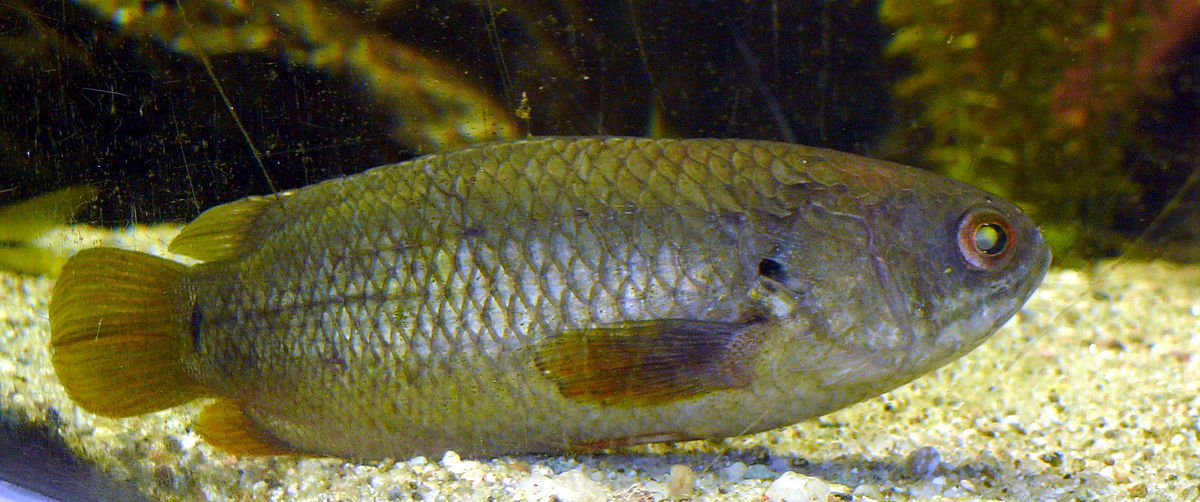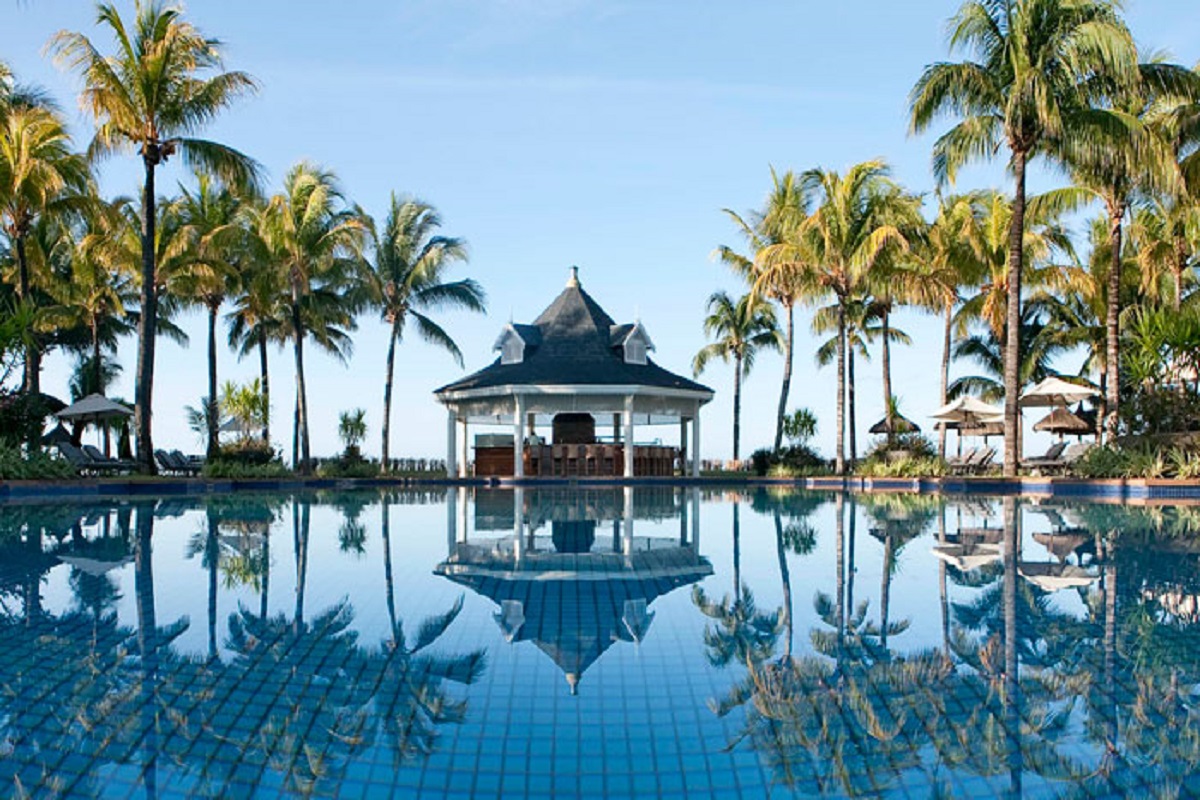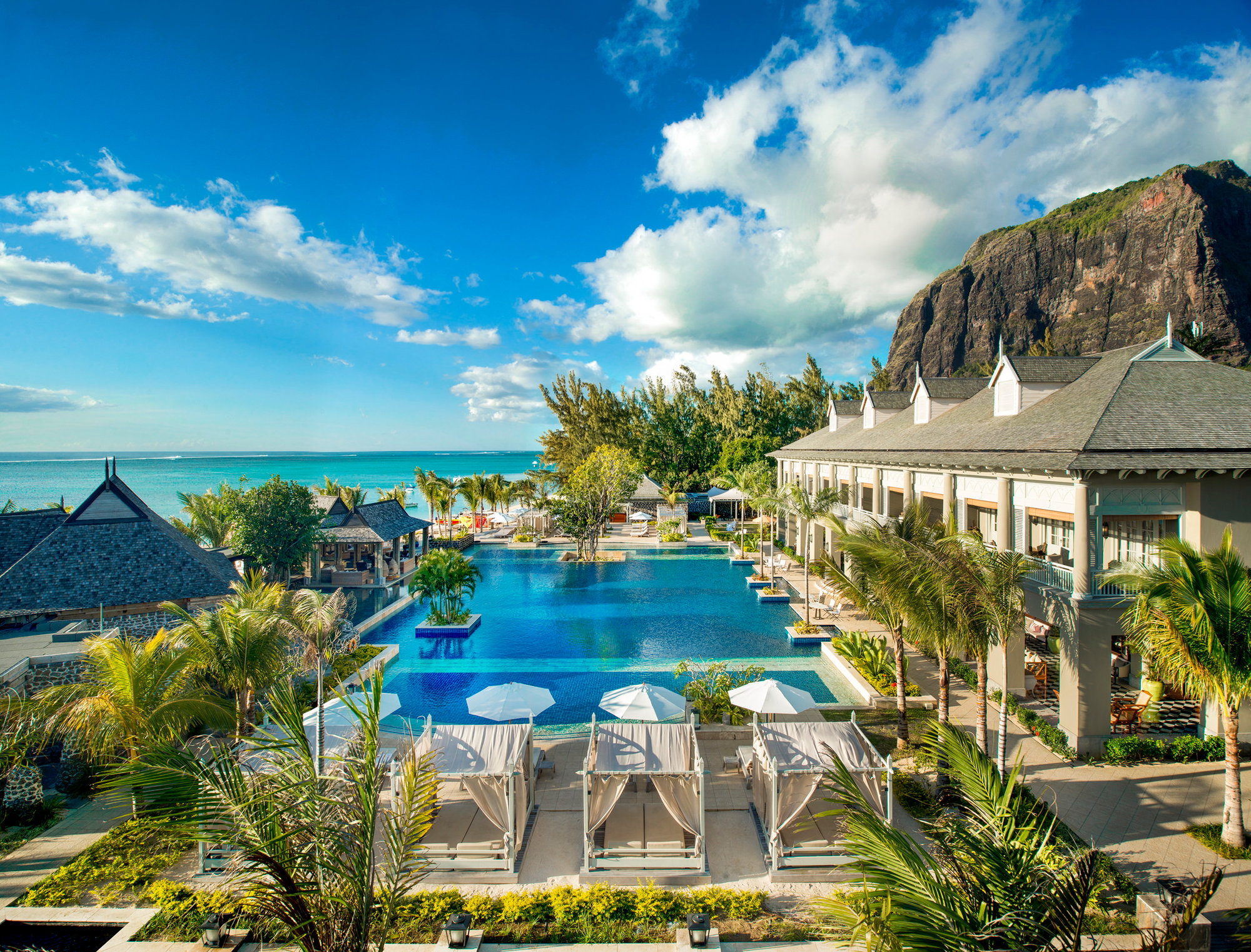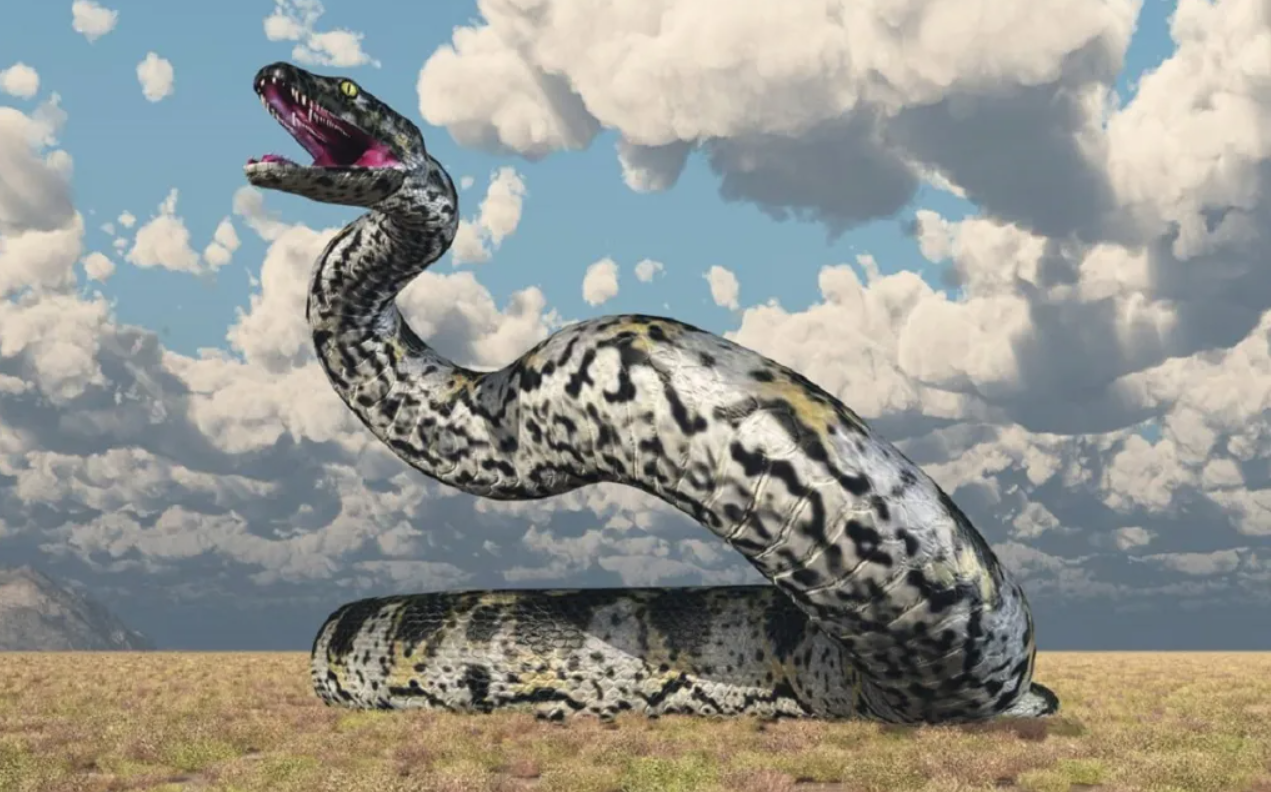When you think of enhancing the beauty of your outdoor space, you might envision climbing vines or colorful shrubs. However, if you want to create a stunning visual display with both flowers and eye-catching, long-lasting, berry-like fruits, ornamental peppers should be at the top of your list. These remarkable plants add elegance and aesthetic appeal to your garden while also offering a delightful touch to your culinary creations.
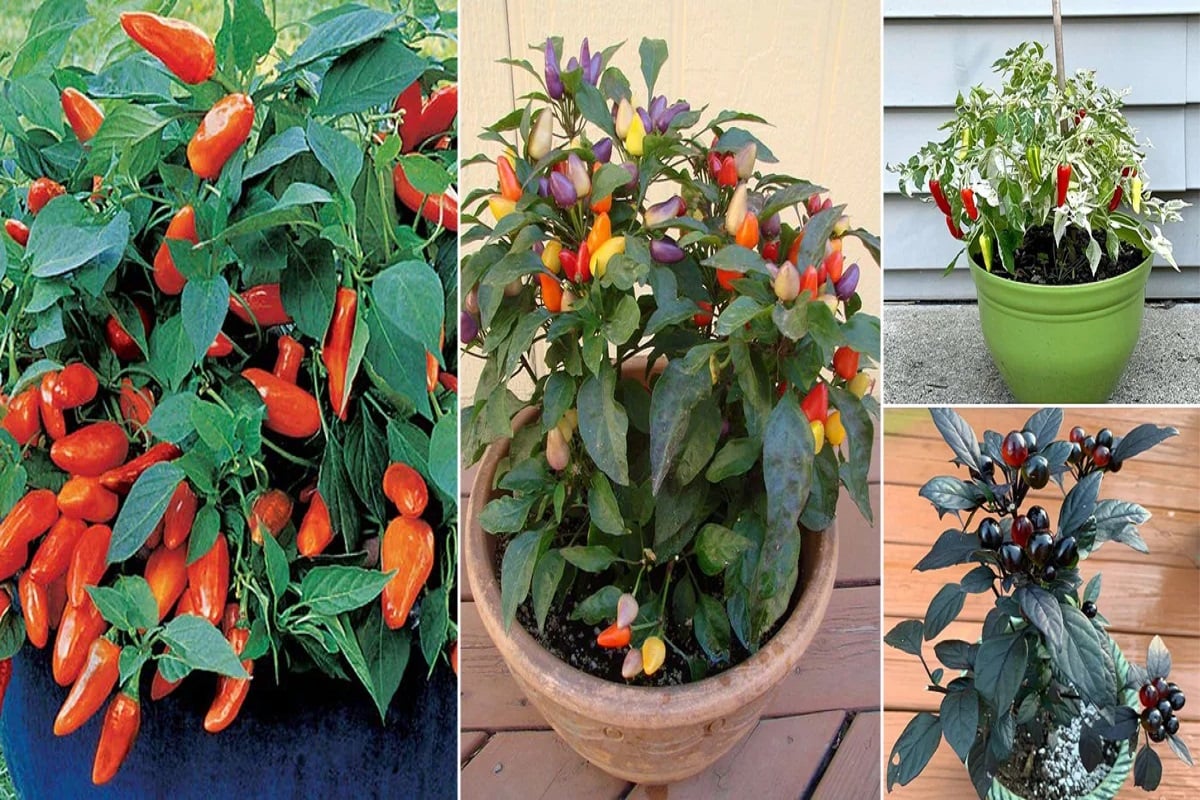
Tangerine Dream Ornamental Pepper
– Height: Up to 18 inches
– Days to Harvest: 70 days
– Description: The Tangerine Dream Ornamental Pepper boasts vibrant orange-red fruits that are not only visually appealing but also sweet in taste. This pepper thrives in full sun, making it ideal for your garden.
Purple Flash Ornamental Pepper
– Type: Herbaceous perennial
– Description: With dark foliage adorned with bright purple or white highlights, the Purple Flash Ornamental Pepper is a true eye-catcher. As the season progresses, it produces dark purple flowers followed by small, glossy, jet-black fruits that are edible.
Aurora Ornamental Pepper
– Size: Up to 1.5 feet tall and 0.75 feet wide
– Description: The Aurora Ornamental Pepper undergoes a stunning transformation from green to lavender and dark purple, eventually turning orange and red. Growing this pepper is a breeze with basic maintenance.
Chilly Chili Ornamental Pepper
– Description: Chilly Chili Ornamental Pepper is a hardy plant that can thrive in various weather conditions. It blooms in late summer, producing ivory fruits that start yellow and mature into bright red. At maturity, it can reach up to 10 inches in height and 14 inches in width.
Sangria Ornamental Pepper
– Suitable for Zones: 10 to 11
– Description: Sangria Ornamental Pepper is a winter-tolerant variety that produces 2 to 3-inch fruits in various colors, including white, yellow, red, and purple.
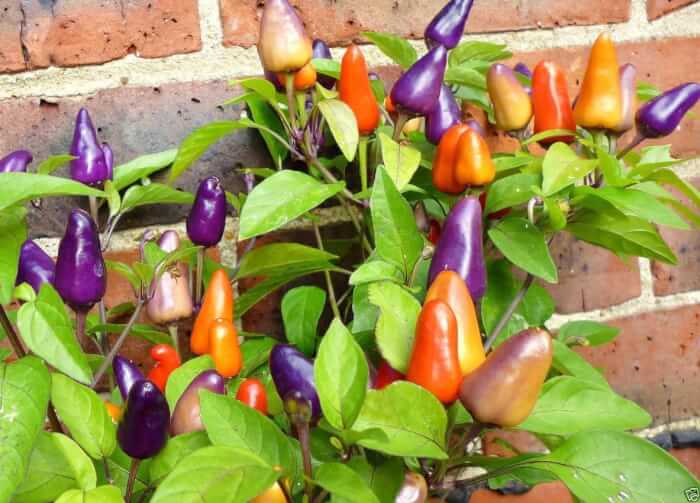
Masquerade Ornamental Pepper
– Description: Masquerade Ornamental Pepper forms dense clusters of vivid flame-like fruits. It showcases delicate white star-shaped flowers with a hint of creamy white. These flowers later give way to numerous purple berries with an orange blush that eventually turns red.
Chinese 5-Color Pepper
– Description: The Chinese 5-Color Pepper dazzles with its rainbow-like array of five colors, evolving from cream and purple to yellow, orange, and red. The heat of the peppers intensifies as the colors change, giving this plant its name. It’s an easy-to-grow variety that produces peppers in clusters.
Medusa Ornamental Pepper
– Description: Named after the mythical figure Medusa, this pepper’s short, long, and slender appearance twists and curls much like Medusa’s hair. Its dark green foliage provides the backdrop for the upward-growing peppers, which mature from ivory to orange and red.
Cajun Belle Peppers
– Description: Cajun Belle Peppers display a stunning color spectrum, transitioning from lime green to orange before maturing into a vibrant red. This dwarf-sized plant produces fruits that are no longer than 2 to 3 inches when fully grown.
Black Pearl Ornamental Pepper
– Description: The Black Pearl Ornamental Pepper is a captivating plant featuring dark foliage that branches out to create clusters of black, pearl-like, shiny peppers—hence the name. As these peppers mature, they transform into a brilliant shade of red.
